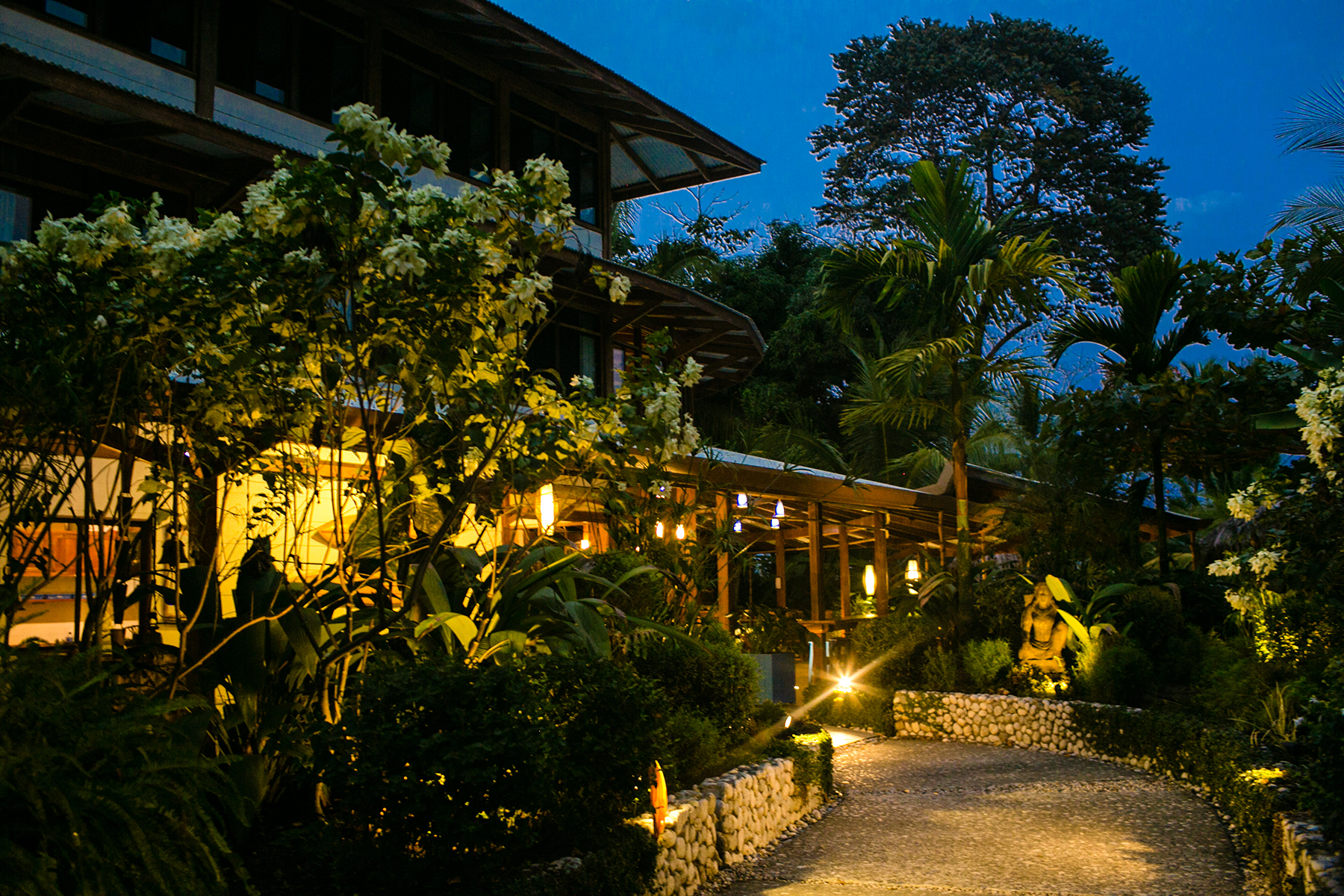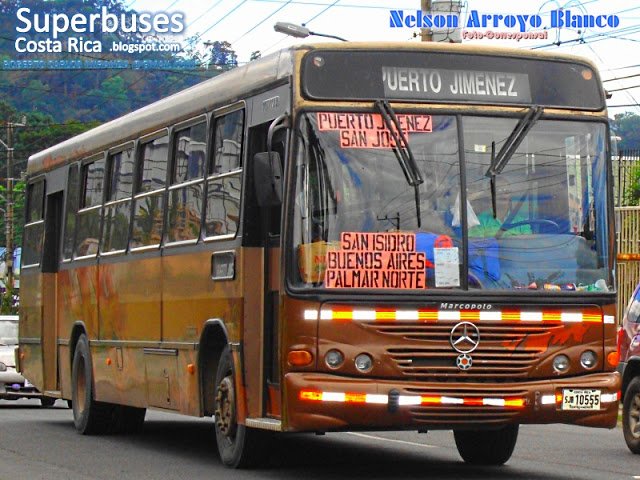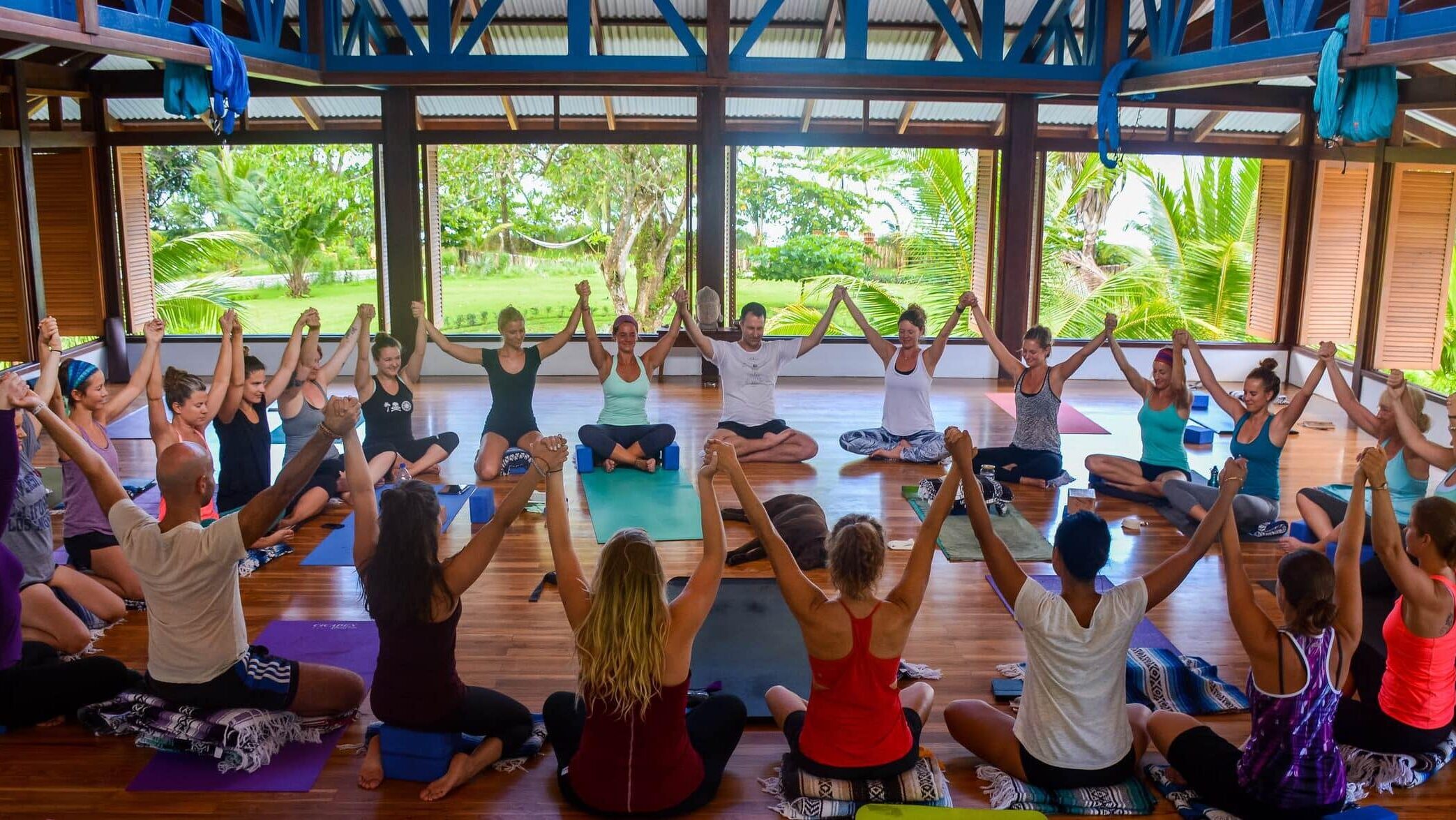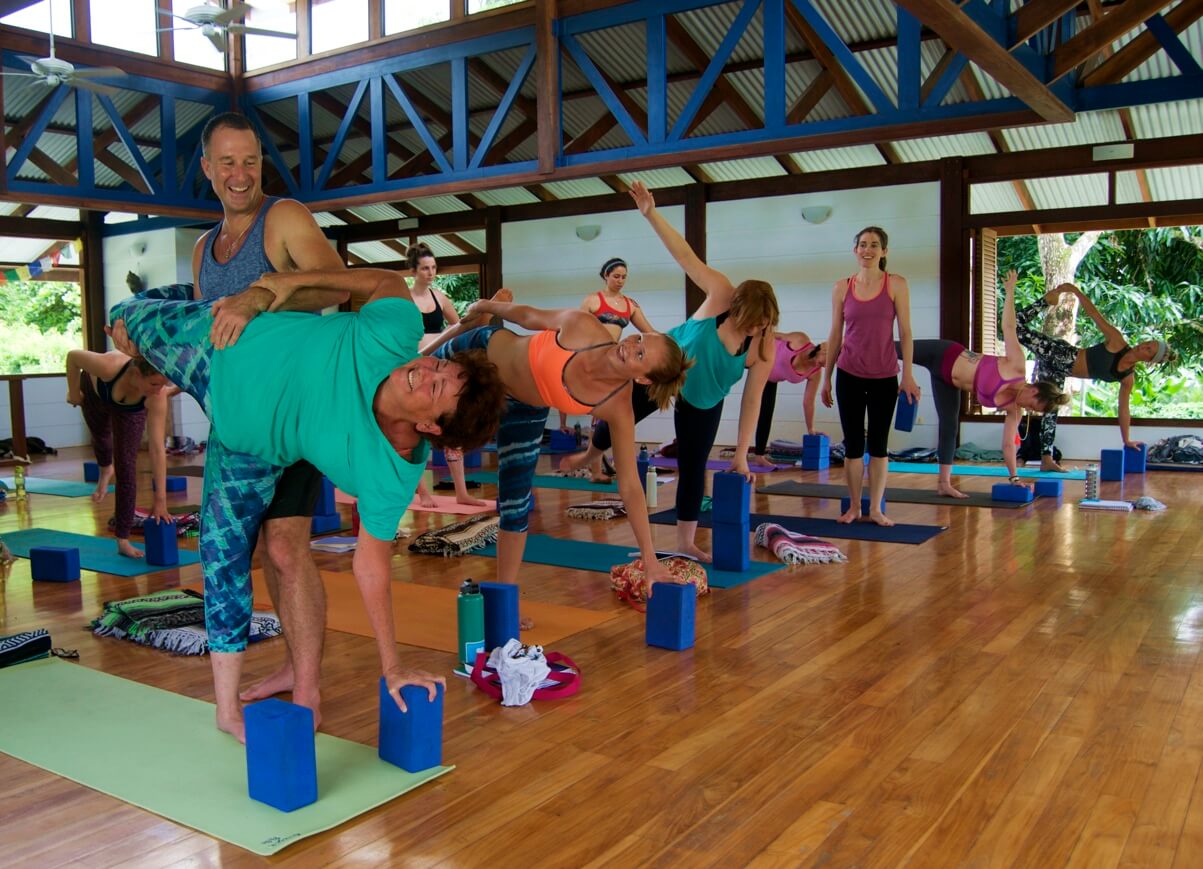Costa Rica is one of the safest countries in the world, and the safest in Latin American.
Still, it’s important to follow certain safety precautions everywhere you go, especially when you’re traveling in a foreign country alone. Navigating the world solo is often a balance between confidence and fear.
After traveling to Costa Rica alone more than a handful of times, and living here for the past year, here are my top Costa Rica safety tips, especially for the Solo Female Traveler.
1. More urban areas generally have more crime.
While Costa Rica’s rural paradises are often so safe they feel like a bubble removed from the rest of the world, more urban areas such as San Jose, Limon, and Jaco, are almost always a little less safe, so it’s important to take that into consideration when planning your travels.
San Jose is a city that most tourists end up staying a night or two in when they arrive or depart. I’ve spent a lot of time in the city and enjoyed going out to eat and seeing plays at the National Theater, but there are plenty of bad neighborhoods. I wouldn’t walk around the city alone at night, especially if I didn’t know the area very well. One of the easiest Costa Rica safety tips is to just make sure you book a hotel with good reviews and ask the hotel for advice on staying safe in the area.
2. Always have a flashlight at night in rural areas.
When you’re walking around in rural areas at night, even on your own hotel property, there often aren’t many lights to illuminate the pathways. Always have a flashlight! You don’t want to end up stepping on something that can bite back. 😉
3. Ask your hotel or hostel about the area.
It’s a good idea to ask the place you’re staying about the area once you arrive. If you’re thinking about leaving at night alone, always ask reception if it’s safe. You can also ask them for any additional Costa Rica safety tips or recommendations for the area. If you happen to show up in an area without a reservation, ask to tour a hotel/hostel and see the rooms before booking on the spot.
4. Meet fellow travelers and go out with them.
There’s nothing quite like going to a Costa Rican bar on karaoke night and watching all sorts of locals perform ranchero songs and love ballads in Spanish. It’s a blast.
That being said, there are places where I’d feel nervous about going out alone at night. One of the best Costa Rica safety tips is to try to meet fellow travelers where you’re staying, and invite them out with you!
And if, for some reason, you get stranded by yourself at the end of the night…
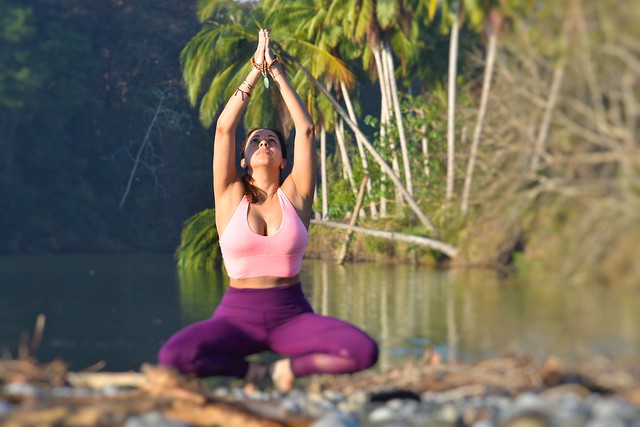
5. Take a cab home at the end of the night instead of walking.
It’s important to be brave! However, if you’re in a town or a more urban area, and the bar isn’t right next to your hotel, it’s never a bad idea o pay the extra few dollars for a cab back instead of walking. If you find yourself alone for some reason, definitely opt for a cab. Your safety is with a few bucks!
6. Take the official red taxis in San Jose.
While in more rural areas of Costa Rica, finding an official taxi might range from difficult to impossible, the red official taxis are everywhere in San Jose. You should always opt for them rather than an unmarked car. Ask them how much your ride will cost before getting in as well.
7. Costa Rica Safety Tips For Getting Around: Take A Bus!
If you’re worried about taking the bus to get around, don’t be!
While it’s certainly not the most luxurious of options (choose private shuttles, taxis, and domestic flights for that), it is completely safe. Just make sure to keep an eye on your bags, which is something you should do regardless of where you are.
8. Don’t carry huge sums of money, and split your stash up.
This one is probably obvious – don’t walk around town with a grand in your pocket. Just leave with the amount of cash you think you’ll need, and a credit card in case you need more.
When storing larger amounts of cash in your luggage, split it up into 3 or 4 piles and hide them all in different locations, especially when you are on the move. I usually put one wad on my person, one in my larger backpack, one in my smaller backpack, and one in my purse. This way, if you lose something, you don’t lose all your money.
It’s also a good idea to get a lock (which you might need anyway to use hotel lockers) and lock up the zippers on your backpack. That way no one can reach in while you aren’t looking.
9. To carry or not to carry your passport?
This one is controversial. Some people say you should always keep your passport on your person. Personally, I do not trust myself enough to not lose it. I never bring it out with me. I leave it locked up in my hotel’s safe or locker.
That being said, you are required to have a copy of it with you at all times. You can take a photo of your passport (make sure you photograph both the identification page and the page with your Costa Rican visa).
10. Don’t be afraid to ask a local for help.
If you need help or directions, never be afraid to ask a local. People in Costa Rica are generally incredibly friendly and will go far out of their way to help you if you need it.
It’s also not a bad idea to ask at least 3 different people, especially if you’re looking for directions or a place to stay. This will give you a clearer idea of how to get where you’re going, or more balanced opinions on the area.
11. Get a Costa Rican SIM card.
You don’t have to do this one, but it can be helpful for looking up places to stay and eat, calling places for reservations, getting directions, or making a call in times of emergency.
It’s also a lot easier than it sounds. Kolbi is the largest mobile network in Costa Rica, and there are tons of places (supermarkets, convenience stores, restaurants) that sell their SIM cards and will load money onto them for you. You can also purchase one right in the San Jose airport – look for the Kolbi desk in the baggage claim area.
If you have an iPhone, you will need to unlock it in order for another SIM card to work. SIM cards in Costa Rica are pre-paid, so you put a certain amount of money on them and can use your phone until it runs out, at which point you can recharge it. Starting out with $10-20 is plenty.
12. Trust your gut!!!
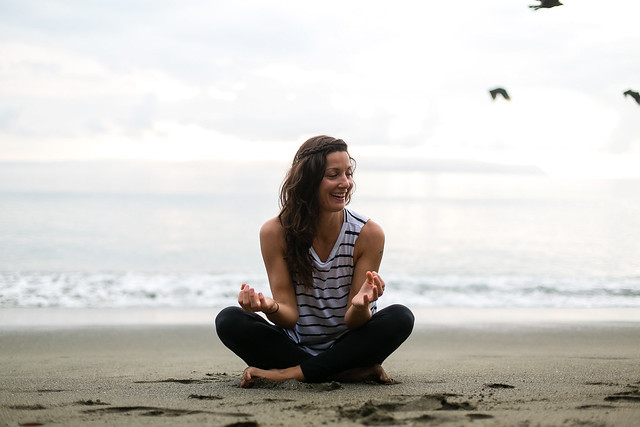
This is not only one of the most important Costa Rica safety tips, it’s important for anyone traveling anywhere. Trust your instincts. They exist for a reason. If you feel like a situation is unsafe, or something is off but you can’t quite put your finger on it, listen to yourself! You might be wrong, but it’s better to not find out.
Feel prepared for your solo Costa Rican adventure? Check out our post on 5 amazing places to visit on the Osa Peninsula.
About The Author
Elizabeth Aldrich is a lifelong traveler and freelance writer specializing in arts and entertainment, travel and lifestyle, and finance and business writing. She’s written for outlets as varied as Rawckus Music & Arts Magazine, Credit Karma, Sweden Tips, and Engadget. Elizabeth has a knack (read: obsession) for finding the best deals, travel hacks, and hidden gems everywhere she goes, which she blogs about at Temporary Provisions. You can find her playing the urban romantic in NYC, downing Stumptown coffee in her hometown of Portland, OR, or retreating from the madness in the rain forests of Costa Rica. To see more of her work, visit her at www.elizabethaldrich.com.
Book/Inquire Now
Got pain? This will help you!
YOU DESERVE TO LIVE PAIN-FREE...
Receive 7 short, simple, and effective practices to alleviate knee, hip, low back, neck, shoulder pain, and more!
All you need is 5 minutes per lesson and it's FREE!
This revolutionary approach to yoga is new, and no one else is teaching this! Since I created Applied Yoga Anatomy + Muscle Activation™ and started teaching it consistently, I've witnessed students heal long-standing injuries, access yoga postures they never thought possible, and tell me over and over again how their body just feels better.
I hope you'll join me on this journey!
~Yogi Aaron
Is Yoga Teacher Training Right For Me?
We Created This FREE 5 Part Series So You Can Get All The Information To Make The Right Choice.
In this series, you will learn:
-
- Am I a candidate for yoga teacher training??
-
- What will I learn in a YTT?
-
- Do I need to have a perfect downward dog to attend YTT?
14-Day 200-Hour Yoga Teacher Training in Costa Rica
If you are looking for a 14-day 200 hour Yoga Teacher Training Costa Rica Immersion, you have landed in the right place. Join the next one!
300-Hour, 28-Day Yoga Teacher Training
Do You Feel Called To Something Greater?
This 300-Hour Yoga Teacher Training immersion training at Blue Osa will immerse you in yoga for one month.
You will have the specific transformational skills and yogic practices you need in order to connect with your higher purpose.
And more! You will be able to offer these transformative skills to others!

